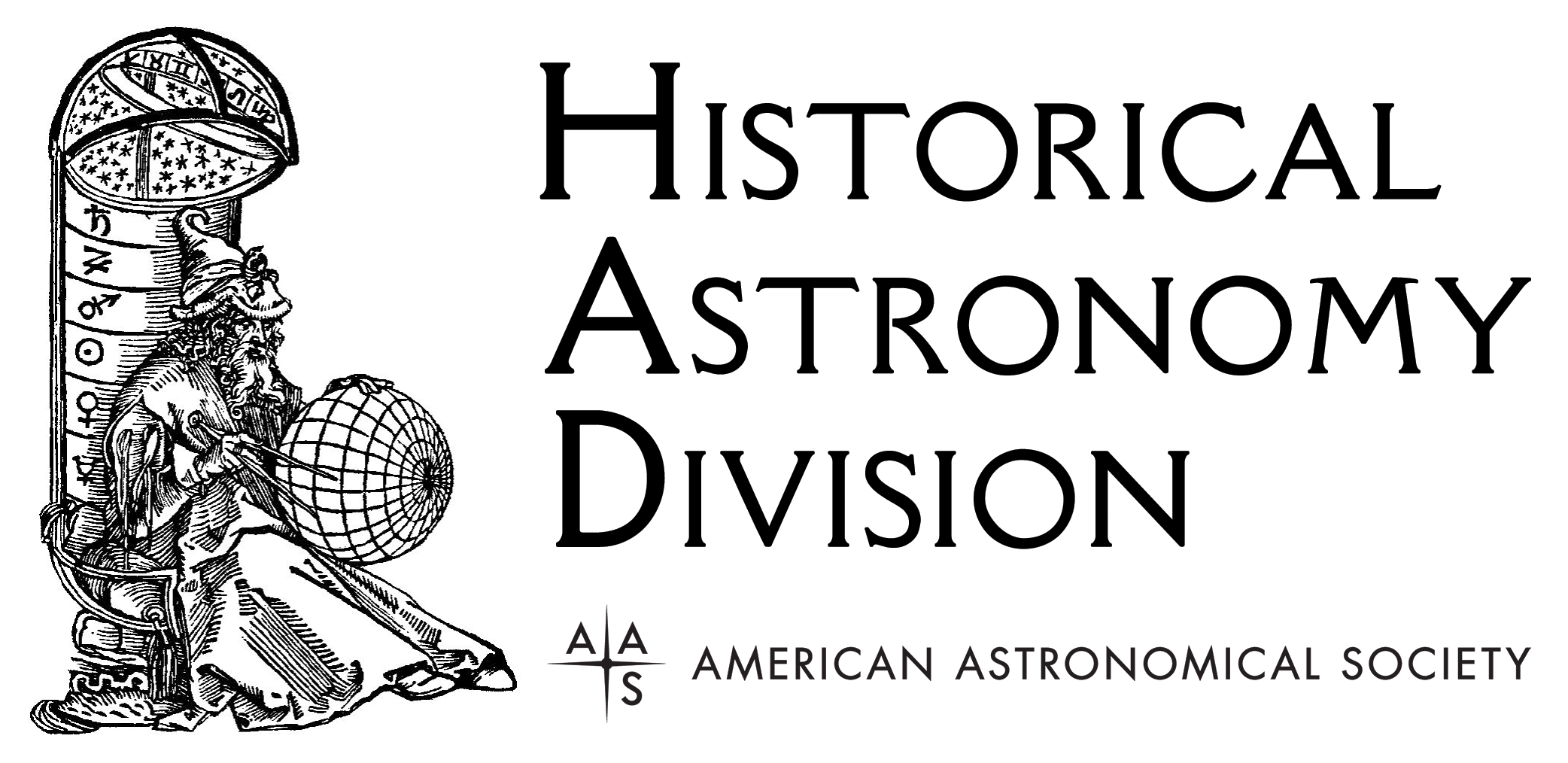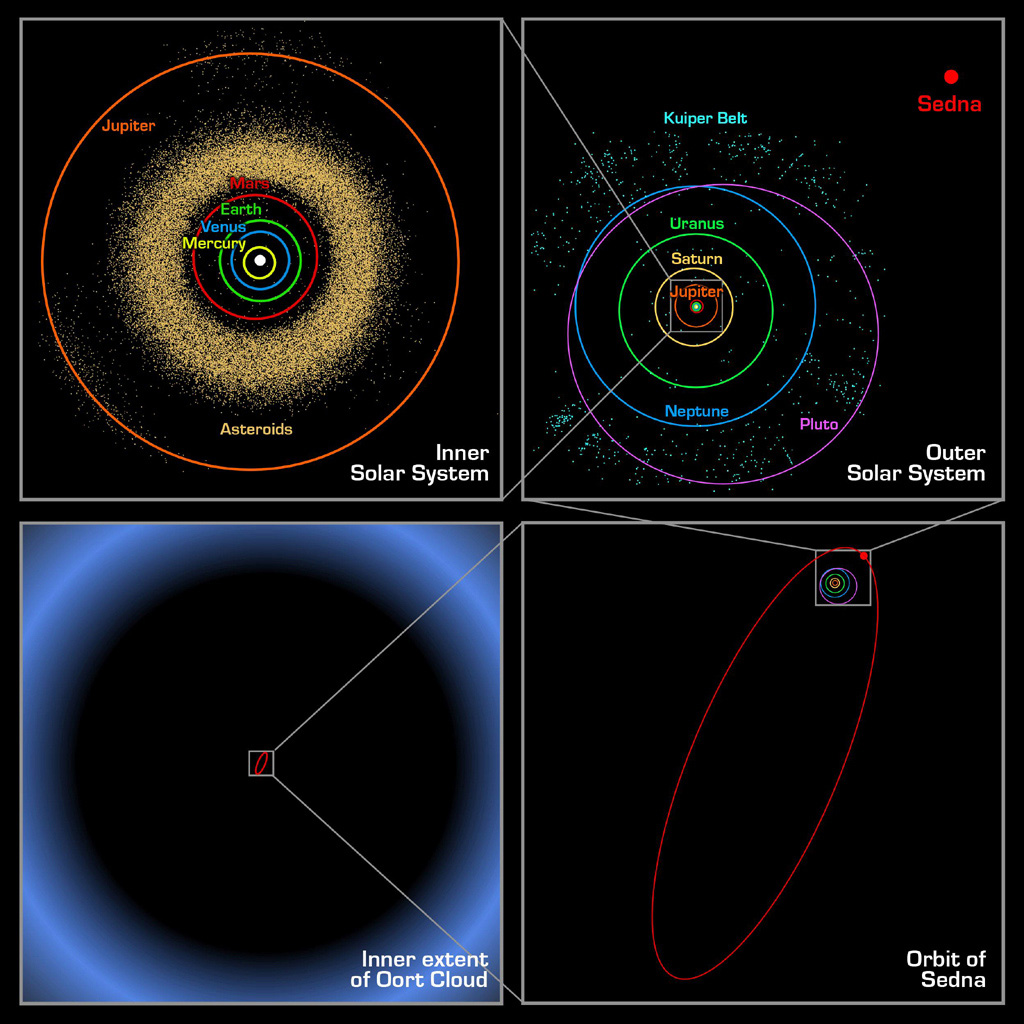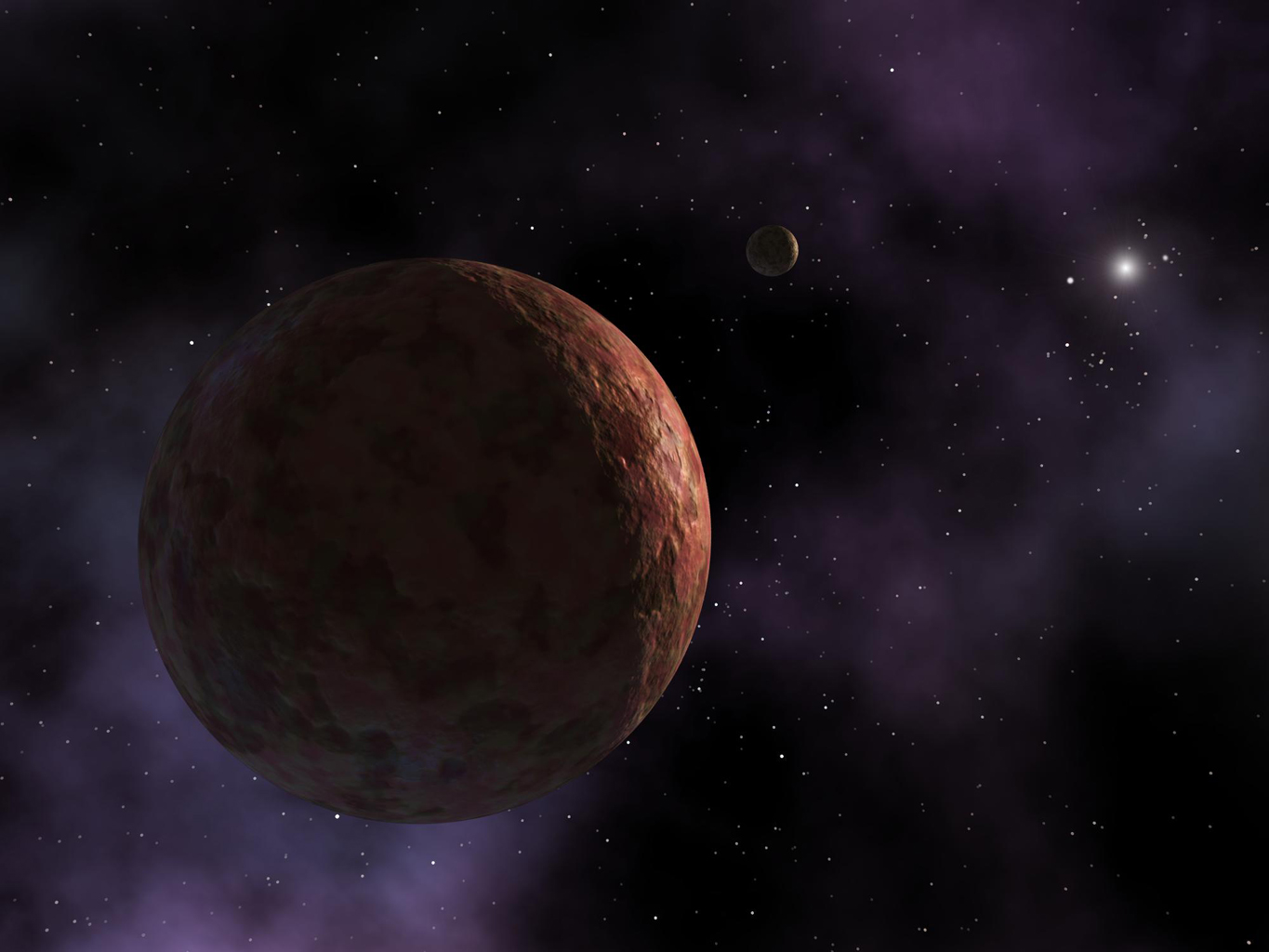This Month in Astronomical History: November 2020
Emily McMahon
Westport High School, Westport, Massachusetts
 Each month as part of this series from the AAS Historical Astronomy Division (HAD), an important discovery or memorable event in the history of astronomy will be highlighted. This month's guest author, Emily McMahon, writes about the discovery of the far-flung minor planet Sedna. Interested in writing a short (500-word) column? Instructions along with previous history columns are available on the HAD web page.
Each month as part of this series from the AAS Historical Astronomy Division (HAD), an important discovery or memorable event in the history of astronomy will be highlighted. This month's guest author, Emily McMahon, writes about the discovery of the far-flung minor planet Sedna. Interested in writing a short (500-word) column? Instructions along with previous history columns are available on the HAD web page.
Sedna: In the Depths of the Solar System
On 14 November 2003 a NASA-funded team of scientists made a discovery that upended conventional notions about the architecture of the solar system. Minor planet 2003 VB12, commonly known as 90377 Sedna (after the Inuit goddess of the sea), revealed itself to be the most distant object ever seen within the solar system, tracing out a highly elliptical path that extends far beyond the planetary domain. At the time of its discovery it was 89.6 astronomical units (AU) from the Sun. With a semimajor axis of 480 AU, Sedna’s orbit lies completely outside the Kuiper belt — indeed it borders on the inner fringes of the Oort cloud — a circumstance that begs the question: How did such a remote solar-system body come to be?
Sedna was an unexpected find midway through a five-year-long night-sky survey at the Palomar Observatory. Beginning in 2001, Mike Brown of Caltech, Chad Trujillo of the Gemini Observatory, and David Rabinowitz of Yale University used Palomar's Samuel Oschin 48-inch (1.2-meter) Schmidt telescope, fitted with the Quasar Equatorial Survey Team (QUEST) wide-field CCD camera, to identify large Kuiper belt objects previously overlooked by smaller, deeper studies.1,2
Two years into the project, data compiled from the Palomar-QUEST camera, the Near-Earth Asteroid Tracking (NEAT) SkyMorph database, and Palomar Digitized Sky Survey images disclosed the existence of Sedna, a puzzling world in several respects.2 Sedna’s orbit is extremely elliptical compared to its planetary kin, and, with a perihelion distance of 76 AU, occupies a realm previously thought to be devoid of such sizable objects. A number of origin scenarios have been proposed, such as scattering by a yet-to-be-discovered planet or perturbation by a passing star. Because of its remoteness, determining the composition of Sedna has been difficult. Thermal imaging suggests that — at approximately −240°C — Sedna's relatively bright, reflective surface might consist of water ice or methane ice. However, follow-up spectroscopic observations from the Gemini and Keck telescopes have been inconclusive.1,2,3 A 2010 spectral model found approximately equal amounts of methane, methanol, and Triton-type tholins — reddish, tarry, carbon-based substances consistent with Sedna's observed red color.4
Also on Sedna's surface, there are dark spots, from which astronomers initially inferred its rotation period to be approximately 20 days. This relatively slow rotation suggested the presence of tidal interactions with a moon, although images from the Hubble Space Telescope failed to support this.1 Subsequent observations revealed that Sedna has a rotation period closer to 10 hours, further diminishing the possibility of a moon.5
Sedna's size is difficult to gauge, given its distance. Estimates of its diameter average about 1,100 km, with a maximum of 1,700 km.4 Sedna is in the running to be considered a dwarf planet, like its larger counterparts Pluto and Eris, but will remain classified as a minor planet until proven that its shape is controlled by hydrostatic equilibrium.4
Sedna's record-breaking distance has since been surpassed by other purported minor planets and planetoids, including 2012 VP113 (nicknamed "Biden") and 2015 TG387 ("The Goblin"). However, Sedna retains its reputation for shaking up long-held ideas about the outer solar system.7


References
- Brown, Michael E. "Sedna." web.gps.caltech.edu/~mbrown/sedna/.
- Brown, M. E., Trujillo, C., and Rabinowitz, D. 2004, "Discovery of a Candidate Inner Oort Cloud Planetoid," The Astrophysical Journal, 617: 645–649, 2004 December 10 https://iopscience.iop.org/article/10.1086/422095
- NASA Science. 15 March 2004, "Mysterious Sedna." science.nasa.gov/science-news/science-at-nasa/2004/16mar_sedna
- Williams, Matt. 26 August 2017, "The Dwarf Planet Sedna," Universe Today. www.universetoday.com/37479/dwarf-planet-sedna/
- "Sedna Facts." The Planets. theplanets.org/sedna-facts/
- Greenfieldboyce, Nell. 20 January 2016, "Scientists Find Hints of a Giant, Hidden Planet in Our Solar System." WBUR News. www.wbur.org/npr/463087037/hints-of-a-hidden-distant-planet-in-our-sola…
- Carter, Jamie. 9 July 2020, "Say Hello to 'The Goblin,' Sedna and Biden, Weird Bodies Linked to the Extinction of the Dinosaurs." Forbes. www.forbes.com/sites/jamiecartereurope/2020/07/09/welcome-to-biden-sedn…

